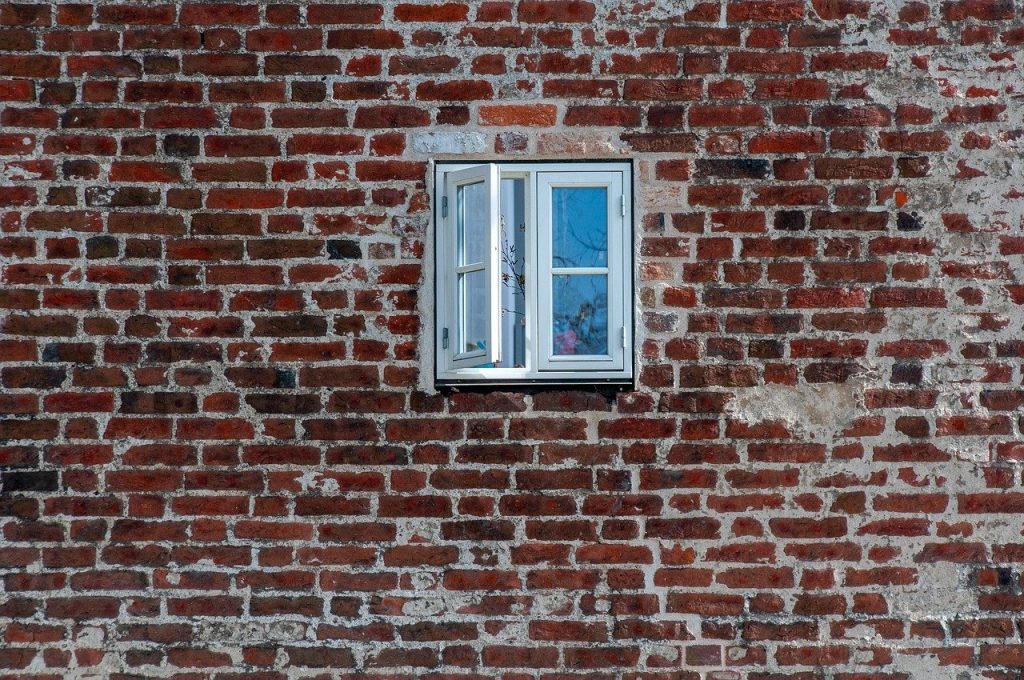Have you ever found yourself wondering how to select the perfect outdoor shelter for your needs? With countless options available, it can feel overwhelming. Let’s break it down in a friendly and easy way, so you can find the ideal shelter that suits your requirements.

This image is property of pixabay.com.
Understanding Your Needs
Before you rush into making a decision, take a moment to reflect on what you truly need from an outdoor shelter. Whether you’re camping, attending a festival, or simply need a space in your backyard, pinpointing your purpose is crucial.
Purpose of the Shelter
Your first step is to identify the primary purpose of the shelter. Are you looking for a space to relax in, protection from the elements, or perhaps a base for recreational activities? Here are a few options to keep in mind:
| Purpose | Options |
|---|---|
| Camping | Tents, Pop-up Canopies |
| Events | Gazebos, Party Tents |
| Storage | Sheds, Carports |
| Survival | Yurts, Tipis |
| Backyard Relaxing | Pergolas, Garden Sheds |
Knowing your primary purpose can narrow down your options and make the selection process much smoother.
Duration of Use
Consider how long you plan to use your outdoor shelter. Will it be just for a weekend camping trip, or are you in need of something more permanent for your backyard? Here’s a guide to help you decide:
- Temporary Use: Tents and pop-up canopies are ideal for brief outings or events.
- Seasonal Use: Gazebos or party tents can withstand outdoor elements for an extended season.
- Permanent Installations: Sheds and larger gazebos can easily blend into your backyard and provide long-term utility.
Types of Outdoor Shelters
Now that you’ve determined your needs, let’s look into the various types of outdoor shelters available. Each has its own unique features.
Tents
Tents are incredibly versatile and come in different shapes and sizes. Perfect for camping trips, they can also be set up for events. When choosing a tent, consider:
- Size: Ensure it accommodates the number of people and gear.
- Weather Resistance: Check waterproof ratings and ventilation.
- Ease of Setup: Some tents are designed for quick assembly, while others may be more complex.
Popular Tent Options:
- Dome Tents: Great for stability and space.
- Tunnel Tents: Excellent for wind resistance.
- Pop-up Tents: Super easy to set up, ideal for short stays.
Canopies
If you need a bit of shade or protection from rain during social gatherings, canopies are a fantastic option. They come in various designs and sizes and are usually portable.
- Frame Canopy: Sturdy and great for larger areas.
- Easy Pop-up Canopy: Perfect for quick setups at events.
| Type | Pros | Cons |
|---|---|---|
| Frame Canopy | Sturdy, adaptable | Larger footprint |
| Pop-up Canopy | Quick setup, portable | Less stable in high winds |
Gazebos
If you’re on the lookout for something more permanent and aesthetically pleasing, a gazebo might be the right fit. They can add charm to your garden and provide shelter from sun and rain.
- Materials: Look for durable wood or metal options.
- Design: Choose a style that complements your home and garden.
Sheds
For storage needs, a shed can double as a workshop or a storage area for your outdoor equipment.
- Size: Think about what you need to store.
- Material: Wood, resin, or metal options vary in durability and maintenance needs.
Yurts and Tipis
For a unique and cultural experience, consider a yurt or a tipi. These traditional shelters offer a cozy and spacious atmosphere.
- Insulation: Many are well-insulated and can be used year-round.
- Set-Up: Generally require more time and effort to establish.
Factors to Consider When Choosing Your Shelter
With a better understanding of what types of shelters exist, let’s consider some additional critical factors to guide your decision.
Size and Capacity
When selecting a shelter, always consider the dimensions and capacity. You want to ensure there is ample space for your activities, whether it’s hosting friends or storing equipment.
- Sleeping Arrangements: If camping, account for sleeping bags and gear.
- Social Gatherings: For events, ensure enough space for seating and movement.
Location and Environment
The location where you intend to set up your shelter plays a significant role in your decision.
- Terrain: Is it flat, rocky, or sandy?
- Weather Conditions: Are you preparing for wind, rain, or extreme sun?
Budget
Understanding your budget upfront can streamline the process. Outdoor shelters vary widely in price depending on size and materials.
- Initial Costs: Consider the sticker price.
- Ongoing Maintenance Costs: Some materials require more upkeep than others.
Pragmatically evaluate your budget not only for the shelter itself but also for any additional accessories.
| Type | Budget Range (Approx.) |
|---|---|
| Tents | $50 – $500 |
| Canopies | $30 – $300 |
| Gazebos | $200 – $3,000 |
| Sheds | $150 – $1,500 |
| Yurts/Tipis | $1,000 – $5,000 |
Weight and Portability
If you plan frequent travel or moving the shelter around, pay attention to weight and portability.
- Tent and Canopy: Look for lightweight options that come with a carrying bag.
- Permanent Structures: Opt for designs that can easily disassemble if needed.
Ease of Setup and Take Down
No one likes to struggle while setting up their outdoor space. Choose shelters that will save you time and frustration.
- Quick Pop-Up Models: Ideal for effortless setups.
- Complex Structures: Ensure you’re ready with tools if needed.
Additional Features to Consider
Once you’ve narrowed down your options based on the primary factors, think about any additional features that could enhance your experience.
Ventilation
Good ventilation is essential, especially in warmer climates. Look for shelters with mesh windows and ventilation flaps.
Insulation
If you plan to use your shelter in colder weather, insulation can make a significant difference in comfort. Identify if additional insulation options are possible for your selected shelter.
Durability
Consider the durability of materials. Some shelters are designed to withstand heavy winds or rains, while others may not be as sturdy.
Style and Aesthetics
While functionality is key, style matters too! Select a shelter that aligns with your personal design preferences and complements your outdoor setting.

This image is property of pixabay.com.
Conclusion: Final Thoughts on Selecting Your Outdoor Shelter
Choosing the right outdoor shelter is about understanding your needs, considering various options, and evaluating important factors like size, weather resistance, and portability.
Before you finalize your decision, think through the points we’ve covered. Once you understand your priorities, you’ll be better equipped to pick the perfect shelter for your outdoor adventures, family gatherings, or personal retreats.
Remember, the right outdoor shelter can enhance your experience, provide comfort during unexpected weather changes, and create lasting memories with friends and family.
Whichever option you choose, get ready to enjoy the great outdoors in your very own haven!




